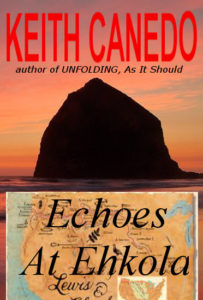
The CID
The first Chinese immigrants settled near Yesler’s Mill on Seattle’s waterfront. In 1886 whites drove the Chinese population out and the Great Seattle Fire of 1889 further hindered their community. Eventually the Chinese established their new quarters further inland. Unofficially what was come to be known as Seattle’s Chinatown had its northern most border on Yesler Way and stretched south for eight blocks to South Dearborn Street. The western border was Fourth Avenue South and extended east to Boren Avenue South. Eventually the entire twenty-three acres were sliced in half, right down the middle.
Many neighborhood buildings were seized and destroyed by the city for the construction of the new Interstate 5. In time, the region was renamed the Chinatown-International District with the heart of the neighborhood west of the Interstate between South Jackson Street and South Weller Street. The CID was a multiethnic neighborhood, consisting mainly of people who were of Chinese, Japanese, and Filipino ethnicity. There were also significant populations of people of Vietnamese, Korean, Thai, Laotian, Cambodian, and Pacific Islander ancestry.
Of course, Kloe had empathy for the plights of the many immigrants just trying to carve out a life for their people. But what bothered her the most was that lost within the area’s rich history was the story of the beautiful indigenous people already inhabiting the picturesque Pacific Northwest, specifically the Chinook. The Great Chief Above had seen fit to populate the rich green land with her people, only to have them systematically forced from their homeland. The Duwamish tribes were there first, but how did they fit into the CID?
Nevertheless, always grateful for being raised in an atmosphere of love, affection and most of all forgiveness, Kloe begrudgingly accepted the predestined fate of her people, trusting in the Great Chief Above’s unknown but master plan. But growing up without her mom and dad created unresolved conflicts, leaving her with a heavy heart.
Her grandparents, Chikamen and Hyak made certain to surround Kloe with love, happiness, self-respect and most importantly, beautiful and magical stories of the Chinook. At home they communicated with broken English phrases but mostly spoke the Chinookan language of Chinuk Wawa, a hybrid combination of Nuu-chah-nulth, Canadian French and English.
Although Kloe could not speak the language, as was the case with any second-generation child growing up in a bilingual household, she could certainly understand it. Hearing it spoken by the elder women while traveling on the Metro bus always made her smile, as if she automatically understood yet another secret code that nobody else did.
